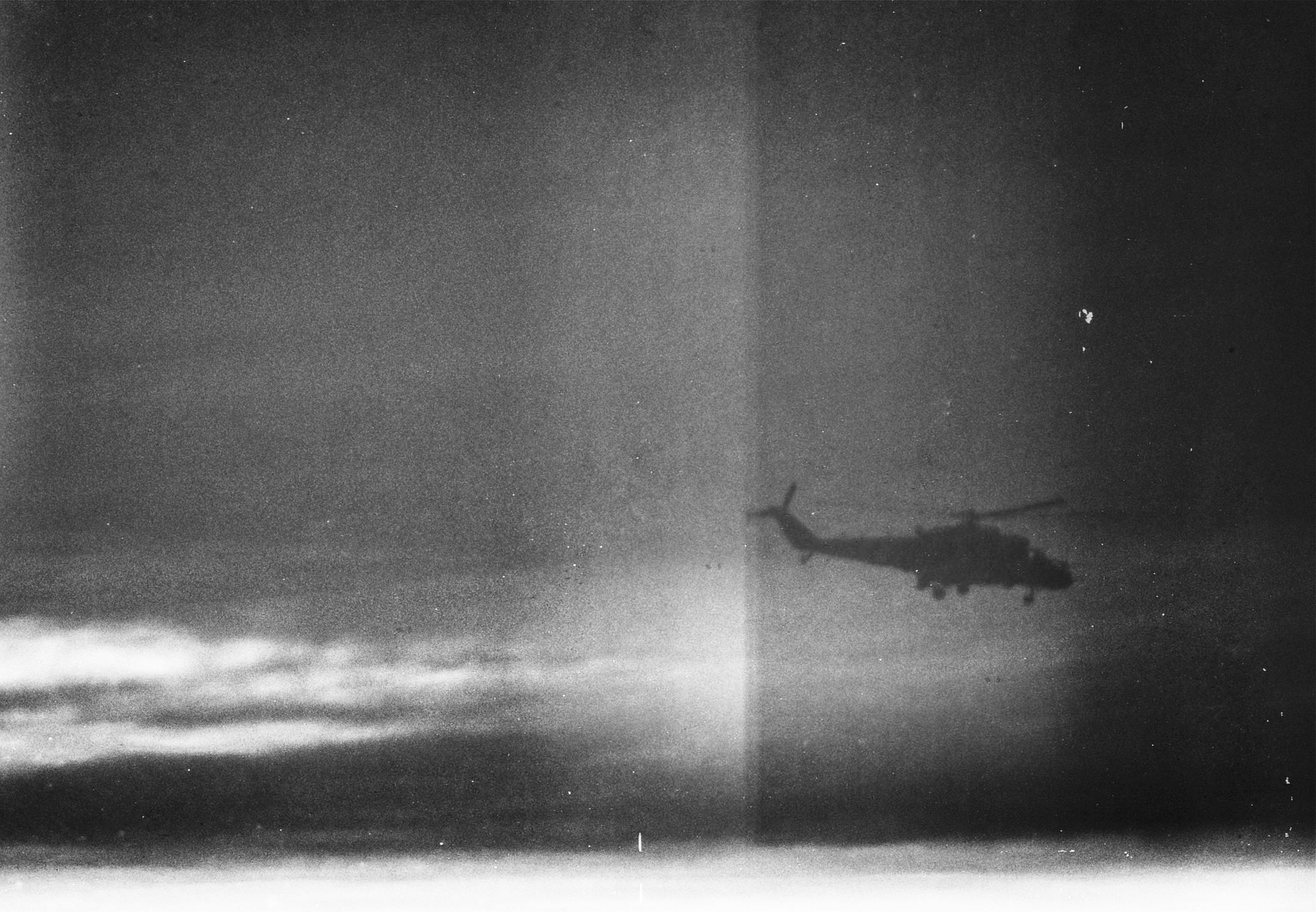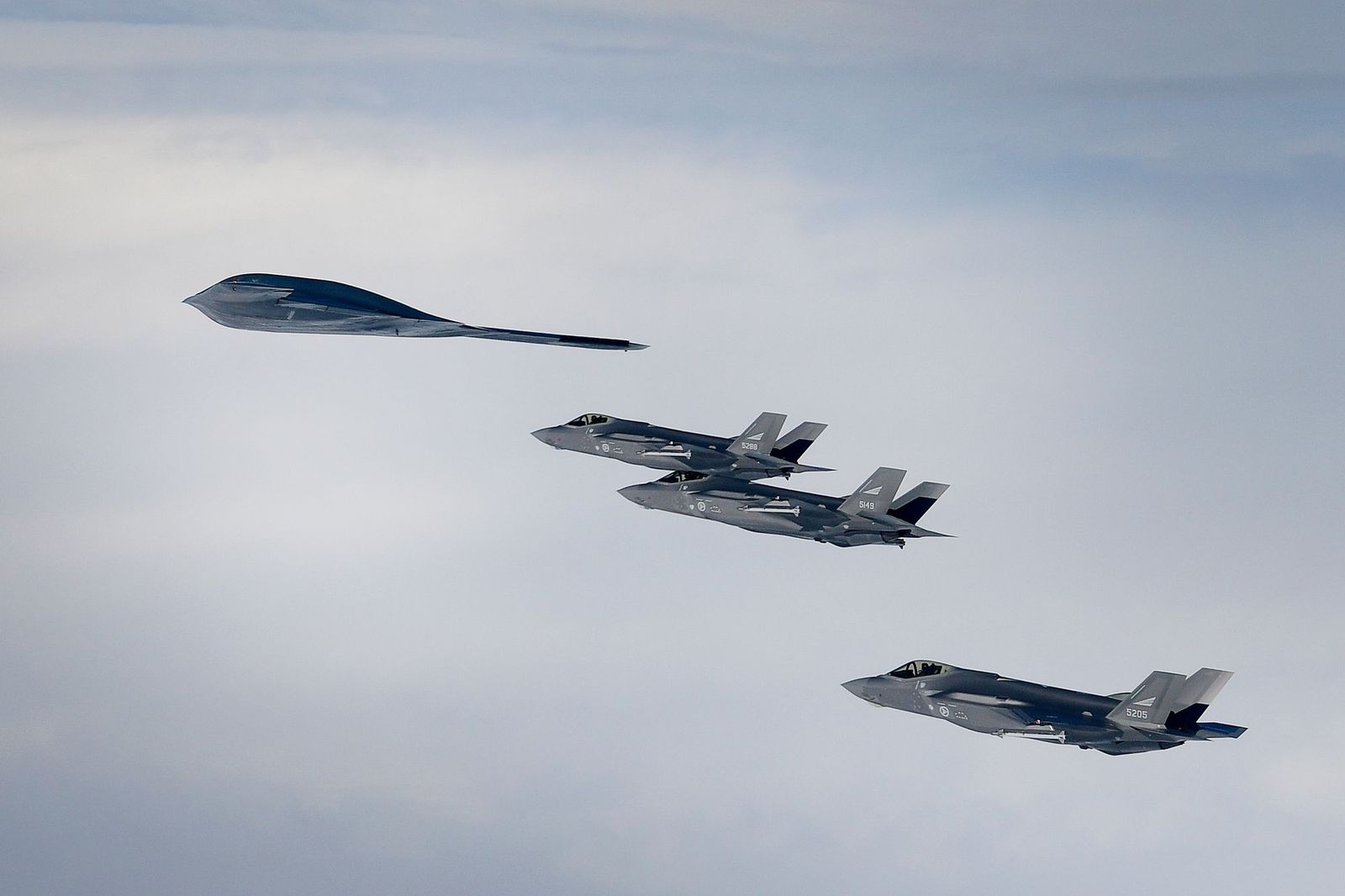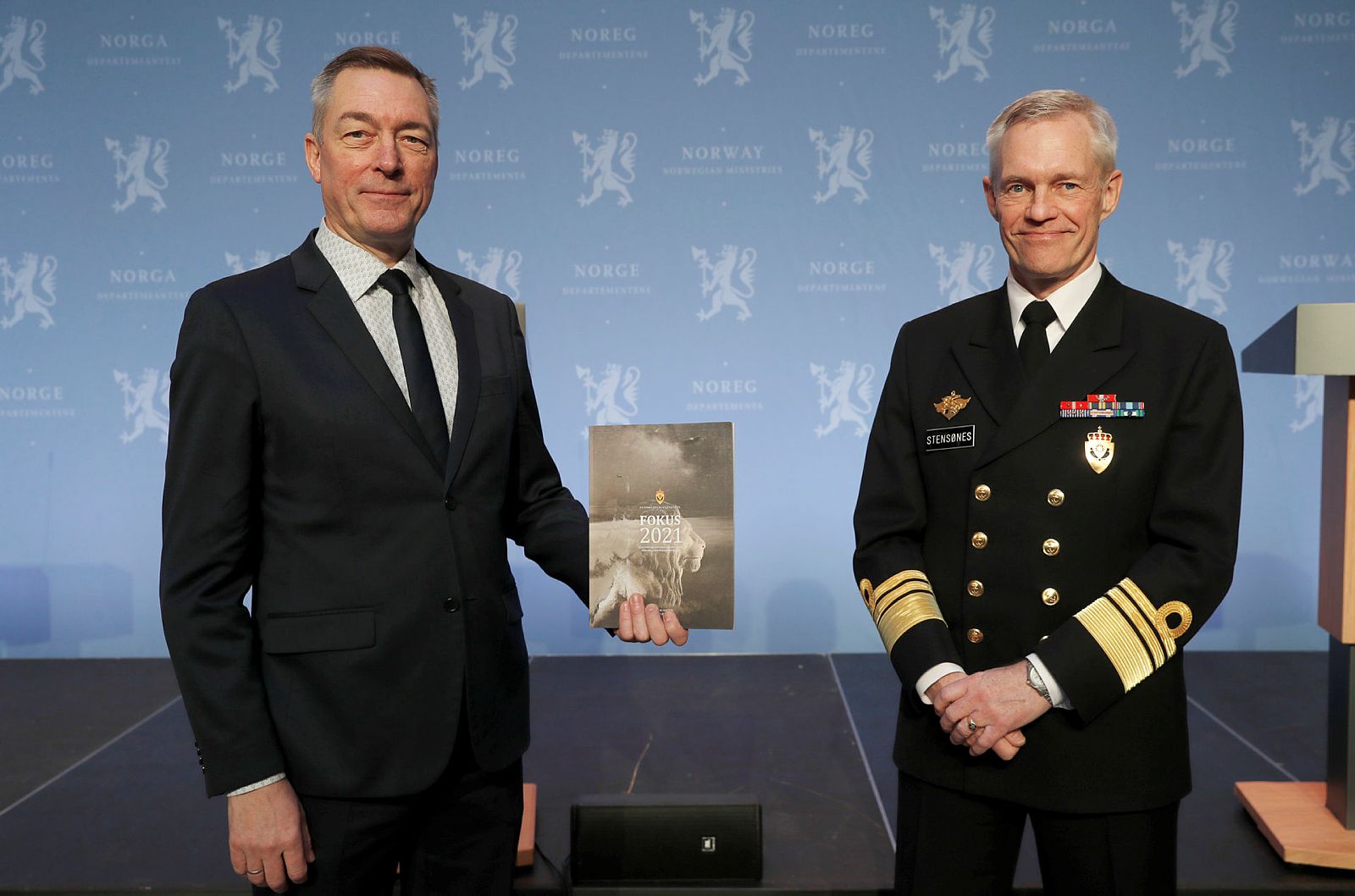On 24 February the world woke up to the news that Russia had launched a full-scale attack on Ukraine. The attempt to take Kyiv in 3 to 4 days was an abnormality and a clear break from its 8 years-long strategy of trying to undermine statehood through the parallel and synchronized use of both military and non-military means (Hybrid War).
Russia turned a low-intensity conflict into a full-scale, all-arms war. That said, until 24 February more than 15,000 had been killed, and around 33-34,000 wounded. More than 1,5 million Ukrainians had been internally displaced in what can best be described as “Europe’s forgotten war”.
President Putin’s short-lived attempt for a “blitzkrieg” failed and is today reverting to what it always was: a war of attrition.
The answer to why did the Russian “Blitzkrieg” fail includes a range of factors such as immense courage, military culture, volunteers, civil resistance, mobilization, reform, modernisation, intelligence, and western support, as well as theft, corruption, lies and incompetence, and a bit of luck.
The Ukrainian Security and Defence Sector
When the war started in 2014, Ukraine found that it had an Armed Forces on the paper only. “The Armed Forces of Ukraine (AFU) were not manned, equipped, or trained to meet Russian aggression. Its logistic stockpiles were, except for weapons and ammunition mostly from the Soviet period, non-existent. At the beginning of the war, there was virtually no budget. The command-and-control system was not suited to combat activities.”
Russia made the same unpleasant discovery on 24 February 2022. Ukraine in contrast had built on its experience from 8 years earlier and reformed and modernised its Security and Defence Sector.
By February 2022, the combat capabilities, readiness, and practical skills of Ukraine’s Armed Forces, Special Operations Forces, and National Guard have reached much higher levels compared to 2014. Ukraine had gained invaluable experience of war. The multinational training of the Ukrainian Armed Forces in the framework of military assistance is recognized by partner countries as a mutually beneficial exchange of experience.
Despite the lack of weapon support from its international partners (until the eve of the Russian assault), equipment and armament had been significantly renewed. This process mostly concerned the Ukrainian Land Forces and was justified by the nature of ongoing warfare and limited financial resources. This meant, however, that there were gaps in key operational and combat capabilities, namely Navy, Air Defence, and Tactical Aviation.
Additionally, the Ukrainian Defence Intelligence (DIU) had undergone a huge transformation. Ukraine had managed to penetrate the Russia’s military, political, and financial sectors. Human intelligence has been augmented by Ukraine’s rapidly increasing cyber intelligence capabilities, which offered insight into Russian military, political and economic sectors. Ukraine knew already in November how and when Russia was planning to attack.
A superior intelligence (supported by the West) allowed Ukraine to relocate, distribute and hide critical elements like its Air Force, Air Surveillance and AD systems before the initial assault. It had also enabled Ukraine to deny a much larger adversary from achieving its strategic aim and objectives.
The failure to destroy Ukraine’s air force and its air defence systems in its initial barrage of precision-guided cruise missiles in the opening hours of the invasion is regarded as Russia’s biggest blunder.
Three months into the invasion, Russian combat aircraft mostly avoid conducting sorties over Ukrainian territory because of the threat from Ukrainian air defence missiles systems. UAF claim to have shot down 204 aircraft and 170 helicopters so far.
Western support
Having failed to support Ukraine’s effort to rebuild an Armed Forces capable of deterring a full-scale invasion during the last 8 years, the West was forced into action by the Russian assault.
Air Warfare
Initially, the West delivered systems that required minimum training and could be deployed quickly in response to the intelligence of the forthcoming attack. This included a mix of man-portable air-defence systems (MANPADS) in large numbers, denying Russia the ability to use helicopters to take key-strategic objectives, provide air cover for the advancing armour or conduct fire support.
Unmanned Aerial Vehicles (UAVs) have played a decisive role for both sides. Russia has attempted to implement the concept of 'Reconnaissance Strike' it refined in Syria, which uses reconnaissance UAVs to identify targets to be struck by combat jets, artillery or MLRS. Ukraine claims to have downed 480 Russian UAVs, which have become increasingly hard to replace because of international sanctions. The losses are mostly a result of Western supplied MANPADS.
The lack of UAVs is probably degrading Russian forces' intelligence, surveillance, and reconnaissance capability, further eroding the operational effectiveness of both its Land and Air Forces.
Land Warfare
Ukraine also received huge numbers of Javelin, Next generation Light Anti-tank Weapon (NLAW), MILAN and other anti-armour systems supplementing the very capable Ukrainian systems. According to President Biden, the US has “provided 10 anti-armour systems for every one Russian tank that’s in Ukraine”.
Initially, these systems allowed small groups of Ukrainian troops to use the terrain and Russia’s tactics to their advantage. An article published by the Financial Times argued that the Russian battalion tactical groups, being heavily reliant on vehicles (roughly 75 in each) and protected by about 200 troops, proved to be extremely vulnerable from attacks on their flanks or rear as their lines of advance often were confined to roads.
The UAF destroyed critical infrastructure to reduce their speed of advance, and prepare ambushes and artillery kill zones. Taking out the first and last vehicle of the columns blocked both advance and retreat. This helped increase the effectiveness of the Ukrainian artillery employed against the Russian armour. Additionally, the Bayraktar TB2 drones were used with great effect.
As the Russian “blitzkrieg” towards Kyiv quickly stopped and the Russian forces were forced to withdraw from Kyiv, Chernihiv and parts of Kharkiv oblast to enable them to focus their efforts on the east, Ukraine’s requests for weapon support changed.
The two sides became locked in fierce combat in the flat, wide-open terrain very different from the urban battles in and around northern cities, separated by hills, woods and marshes, that defined the first several weeks. The relatively open terrain makes it easier for the invaders to spread out and harder for the Ukrainians to ambush them. Ukraine started needing “long-range fires” and the ability to manoeuvre.
The Western support changed accordingly, delivering artillery, main battle tanks (T-72), S-300 long-range air defence systems, helicopters, ammunition, loitering ammunition, armoured vehicles, and more.
Intelligence
Intelligence support has, however, been equally crucial to Ukraine’s success. As already mentioned, it allowed them to relocate, distribute and hide critical defence capabilities. It has also enabled Ukraine to stop, push back and destroy around a third of the forces involved in the initial assault.
The inflow of Western recognisance and strike drones, the massive supply of mini-UAVs by the volunteers, the access to commercial space imagery and potentially, real-time surveillance information, have enabled a superior situational awareness allowing timely, effective manoeuvres and strikes against Russian forces.
Both the US and European NATO members have provided real-time battlefield intelligence to Ukraine, including anticipated Russian troop movements. American officials have acknowledged publicly that the United States began giving Ukraine actionable intelligence in the run-up to Russia’s invasion. As an example, the U.S. intelligence agencies warned of an impending attack on the Hostomel airport North of Kyiv enabling UAF to deny the Russian airborne forces to take the key airfield.
Its strategic and operational situational awareness is a fusion between its HUMINT and cyber intelligence capabilities, and the information shared by its Western partners. Based on verified losses on both sides, it is reasonable to conclude that superior intelligence and situational awareness have enabled Ukraine to destroy Russian equipment at a rate of 3,5 – 1.
The Russian Security and Defence Sector
President Putin experienced several strategic surprises during the first days of the assault, some being a result of Western inability to signal commitment, intent, and resolve.
Surprise No 1: Ukrainian resistance.
Russian intelligence (or the lack of thereof) has been as decisive for Russian failings as Ukrainian intelligence has been for Ukraine’s success. According to British Defence Intelligence, “Russia's underestimation of Ukrainian resistance and its 'best case scenario' planning have led to operational failings. This assumption led Russian forces to attempt to carry out the opening phase of the operation with a light, precise approach intended to achieve a rapid victory with minimal cost. This miscalculation led to unsustainable losses.”
Russia committed over 120 battalion tactical groups (approximately 65 per cent of its entire ground combat strength) in the initial assault against Ukraine. As of 2 May, more than a quarter of these units had been rendered combat ineffective. These include some of Russia’s elite units. It will probably take years for Russia to reconstitute these forces.
Ukraine's resistance goes, however, beyond the collective capabilities of its National Security and Defence Sector. It includes the volunteers, civilian resistance, partisan activities, as well as the battle for the minds and hearts at home and abroad.
Surprise No 2: Massive Western Support
The unprecedented supply of weapons, non-lethal aid, and intelligence by the West came most probably as a surprise. After failing to respond forcefully to the Russian annexation of Crimea, its occupation of parts of Donbas, its hybrid war against both Ukraine and the West, or any of the other violations of international law, Russia had no reasons to expect the West to finally show resolve. Especially since the West had demonstrated an extreme cynicism by signing on to a “peace plan” (Minsk Agreement and Protocol) as the only alternative for a peaceful resolution of the war, even though it by default could not possibly ensure peace, and openly discussing another reset of the relationship between Russia and the West. The surprise was made bigger by the fact that the West had explicitly stated that it would not become involved militarily, while simultaneously refusing to supply Ukraine with the means needed to re-establish a deterrent.
The international community has delivered or committed more than €53 billion in military support. These numbers do not include the support that will be delivered under the “lend-lease agreement” signed by President Biden on 9 May.
Surprise No 3: Unprecedented and escalating international sanctions.
Building on the point above, many western countries have done their best to avoid acting in a manner that could jeopardize the bilateral relations with Russia or their short-term national interests. The EU have pursued policies that have strengthened economic and energy ties to Russia. The West has – again cynically – helped finance the modernisation of the Russian Armed Forces and its war in Ukraine.
Russia must have been surprised to find itself as the most heavily sanctioned country in history, partly blocked from SWIFT, having its assets frozen, airspace and ports closed in the USA and Europe, defence industry sanctioned, the Nord Stream 2 project blocked, sanctions in the export of dual-use goods and more. The commercial ripple effects have been dramatic, seeing international business leaving Russia and maritime trade stopped. Europe is finally in the process of reducing its dependence on Russian energy.
Surprise No 4: Structural and cultural shortcomings
The initial campaign revealed many fundamental shortcomings. These include corruption, brutality, low morale, poor planning, faulty logistics, bad intelligence, lack of coordination between units, over-centralization and a paucity of initiative on the part of junior officers and sergeants.
These factors, as well as command and control problems and poor communication, have drawn senior commanders onto the battlefield to take personal leadership of operations. Russian commanders rarely delegate operational authority to their subordinates. This has both led to disproportionately high losses of high-ranking officers and an inability to respond to setbacks on the battlefield.
Russia has failed to operate according to the principles of war, including Unity of command and Concentration of Efforts. Russia ran its military campaign from Moscow, with no central war commander on the ground. The centralized approach may go a long way to explaining why the Russian war effort has struggled in the face of fierce Ukrainian resistance. These challenges were enhanced by the decision to attack simultaneously from multiple directions, increasing both the problems of command and control as well as logistic support.
According to Justin Bronk (RUSI),
“While the early VKS failure to establish air superiority could be explained by a lack of early warning, coordination capacity and sufficient planning time, the continued pattern of activity suggests a more significant conclusion: that the VKS lacks the institutional capacity to plan, brief and fly complex air operations at scale.”
Russia has failed to both execute “the fundamentals of combined-arms fighting,” and to suppress Ukraine’s air defence. Mobile Ukrainian air defence systems have continued to operate with success against fixed-wing aircraft and helicopters. The Ukrainian Air Force is operating in near-total secrecy with its fighter jets taking off from improvised airstrips in western Ukraine.
The Ground Forces, suffering from command-and-control challenges, has also been exposed to huge logistical and technical problems. The forces were deployed with insufficient supplies to sustain more than the first days of the war. Russia was unable to resupply the large columns of forces stuck on the outskirts of Kyiv. Already 3 days into the invasions urgent calls for basic supplies were intercepted. A large number of pieces of equipment have been left abounded due to lack of fuel or technical problems. Many bears witness to insufficient maintenance. Consequently, the UAF has been able to capture more than 1300 pieces of Russian equipment on the battlefield.
Equipment brought from long-time storage to replace battle losses has proven to be in an even worse state. According to Ukrainian intelligence, only 4 out of 10 have been found useable.
The Russian Black Sea Fleet has experienced many shortcomings. It has lost 13 warships and boats to a country without a Navy. Its air defence systems have proven unable to detect and engage cruise missiles and strike drones. Due to its superiority in intelligence and small, professional teams, Ukraine has even managed to destroy a warship with a portable missile system in port in occupied territories.
Artikkelen ble først publisert i Luftled 22-02







